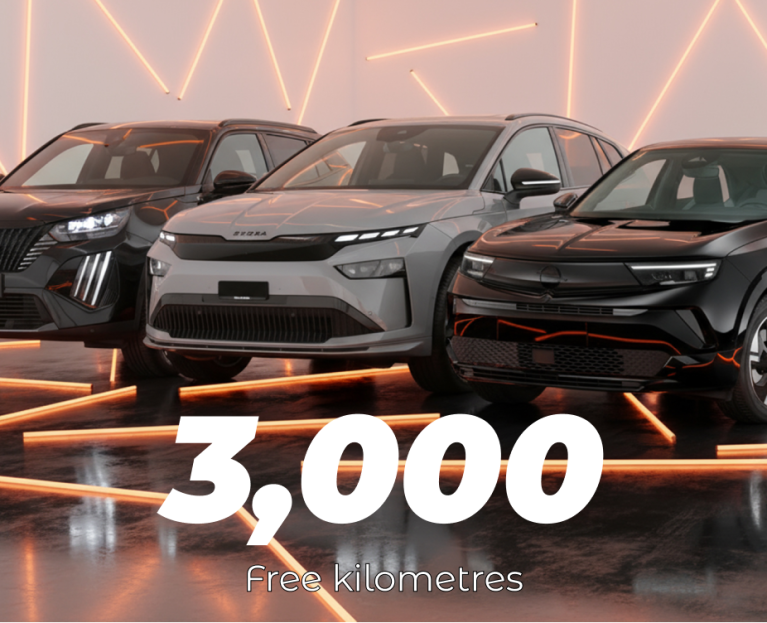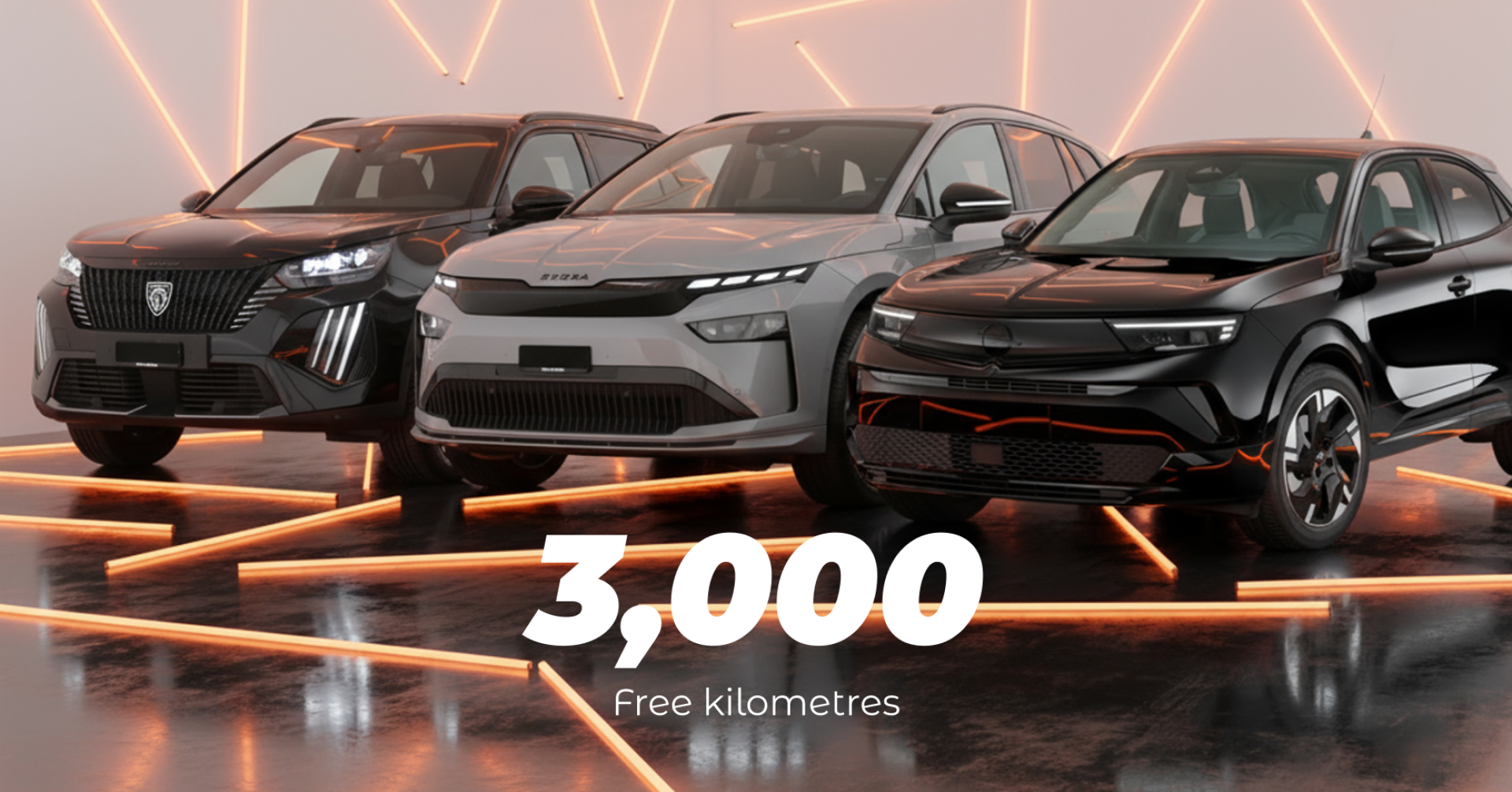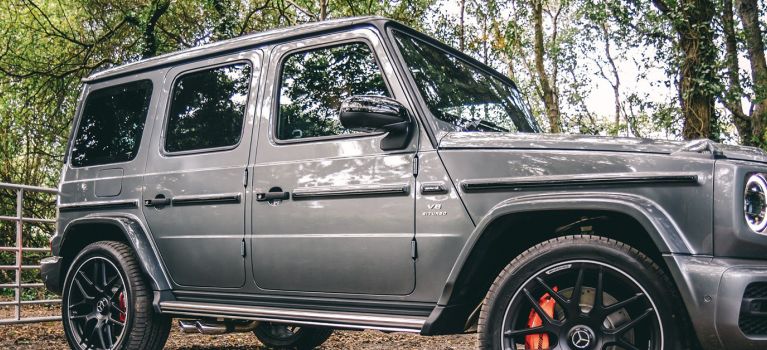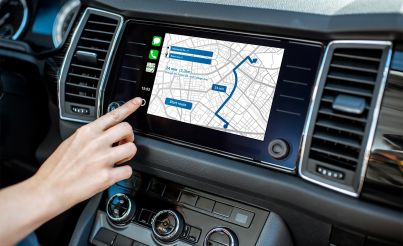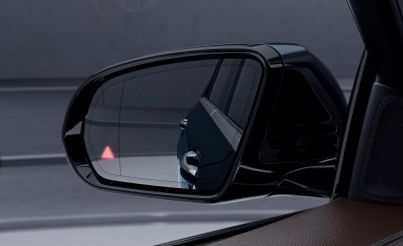I got overpassed on the highway from the right! Is that allowed? And must you always use your blinker? Driving a car is surrounded by a lot of myths! Now is due time to uncover the truth about 10 misunderstandings that can sometimes be dangerous.
1. Driving past on the right on the motorway is always prohibited
Wrong! On single-lane routes with different destinations, driving past on the right is allowed. This also applies to a traffic jam situation. However, the re-entry into the left lane is considered overtaking and is forbidden. But passing by on the right when there are traffic jams on the motorway is allowed: Until now, drivers had to fear a fine if they drove past another car on the right in heavy traffic. In some cases, however, the Swiss Federal Supreme Court ruled that passive overpassing from the right in heavy traffic is now an everyday situation that can hardly be avoided and is therefore not punishable.
2. In Winter, only the windows need to be cleared of snow
Wrong! Not only must the windows be cleared completely free, but the whole car must be cleared of snow before you start driving. Only then is a car considered "safe to drive". At the latest on the motorway or during an abrupt stop, everyone should know why. Often, even when you tried your best, you couldn't reach all places. Here it is worth spending slightly more time to brush the snow off the car.. When removing snow, it is not just a matter of having a clear view, but also of preventing the snow from falling onto the road or your own windshield and thus becoming a danger.
3. When the traffic light turns to yellow, you can still accelerate to get over the intersection
Wrong! Many people don't know, but anyone who could stop at the yellow light without an emergency brake and still continue to drive, is acting illegally according to the Road Traffic Law and may be subject to a fine. However, this does not amount to a large sum and does not occur frequently, as traffic light cameras are usually only triggered in the red light phase.
4. You may always drive in the left lane
Wrong! On the highway, you can always see how many drivers stay in the fast lane, even when the right lane is free. The traffic regulations clearly state: "On roads with several lanes in the same direction, the outermost lane on the right must be used." Other than hoping the driver will change to the right lane, there is no legal way to enforce that on him. Flashing the headlights, overtaking on the right or driving close to the vehicle are prohibited and will be fined.
5. Blinking is not always necessary
Wrong! To prevent dangerous situations, every change of direction must be indicated by turning on the blinker. It does not matter whether a car is driving behind you or not, because knowing where you are going can also be significant for oncoming road users. Many drivers are a bit lazy or occasionally forget their turn signal on, so you can also pay attention to the position of the wheels in a roundabout to figure out where a car is going. At an intersection where the main road makes a curve, but where there is also the possibility to drive straight, you need to signal even if the main road takes a turn. Only diligently blinking enables other drivers to drive safely.
6. You have to make room for those merging onto the highway
Wrong! Cars coming onto the highway do not have priority, so there is no obligation to make space for them. Vehicles coming from an entry lane are obliged to accelerate first and then turn their signal on before entering the highway traffic. However, if you have the possibility, it is still considerate to get out of the way by taking the left lane. Driving a car should never be a fightfor priority. Although there are clear priority rules, you should never force them, because especially at high speeds every accident can end fatally.
7. Nothing will happen to you if you get involved in an accident with 0.4% alcohol in the blood
Wrong! You won't get a fine because the legal limit is 0.5% and is not exceeded, but it can still have consequences. A lawyer or an insurance company can accuse the driver of negligence and make recourse claims if it can be established that alcohol consumption has had an effect on the driving ability.
8. Lightning can't strike me in a car.
Correct! In cars with metal roofs you are safe in a thunderstorm. They work like a Faraday cage. This means that lightning is conducted over the metal chassis and the wheels into the ground without injuring the occupants. However, the metal frame in the interior should not be touched.
9. Driving barefoot is forbidden!
Wrong! It's not expressly forbidden. The same applies to flip flops, high heels, slippers or Birkenstock shoes. However, due diligence always applies. This means that in the event of an accident, there may be a fine or recourse claims from the insurance company if unsuitable footwear was worn and the accident could have been prevented. It is important to note that for professional drivers, only sturdy shoes are explicitly permitted.
10. Black cars heat up more in the sun.
Only partially correct! It is true that the temperature increase in the interior of black cars is higher than in cars of a different colour, but the difference is very small. Rather, other factors such as the total surface, the quality of the windows and the interior equipment play a decisive role. Often the steering wheel heats up so much in summer that you burn your fingers when you start driving. Turn the steering wheel by 180 degrees when parking. The side that is otherwise on top becomes less hot because it is in the shade. When getting into the car, you can turn the steering wheel back to the starting position, with the cool part on top, and drive off comfortably.
Electric Sale
Discover a variety of electric cars at great prices and get 3'000 km for free – only for a limited time.
